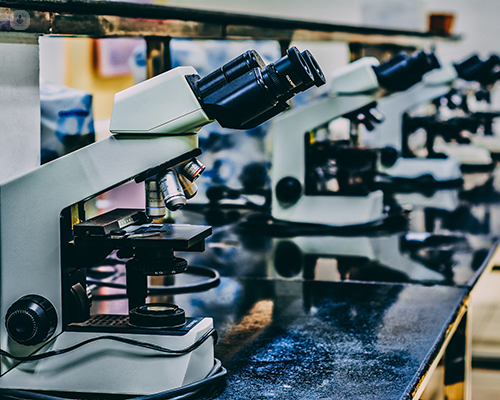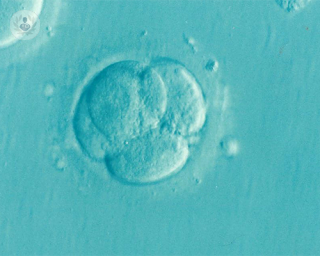Preimplantation Genetic Diagnosis
Dr Muhammad Fatum - Fertility specialist
Created on: 06-30-2015
Updated on: 07-07-2023
Edited by: Sophie Kennedy
What is preimplantation genetic diagnosis (PGD)?
Preimplantation genetic diagnosis (PGD) is a technique used to detect genetic diseases or defects in embryos being used for in vitro fertilisation (IVF) before they are implanted in the uterus. Following advice from a fertility specialist, PGD might be offered to a couple that may know of genetic disorders running in their families, or to test the risk of genetic disease in the embryo. If PGD test results show that an embryo is at risk of genetic disease, then the couple can choose to not implant that embryo.

What does PGD consist of?
The first phase of PDG involves ovarian stimulation to induce the maturation of several follicles and thus a greater number of oocytes. Next, the oocytes are collected transvaginally, using ultrasound. A microneedle is inserted into the vagina to harvest the mature ovules. These are then sent to the laboratory, examined under a microscope and, using high precision tools, a single sperm is inserted into the oocyte (in vitro fertilisation).
The next phase involves the biopsy of an embryo (removal of a cell, called a blastomer, from the embryo) to perform a genetic analysis. This phase is the most important part of the preimplantation genetic diagnosis process and for this reason it must be done with reliable procedures and tools. Finally, after performing the analysis in the examined cells, only embryos that have not presented mutations during the examination are inserted into the patient.
What do you feel during the exam?
Preimplantation genetic diagnosis (PGD) is a painless procedure that does not require anaesthesia or sedation as the testing is done in a laboratory setting.










